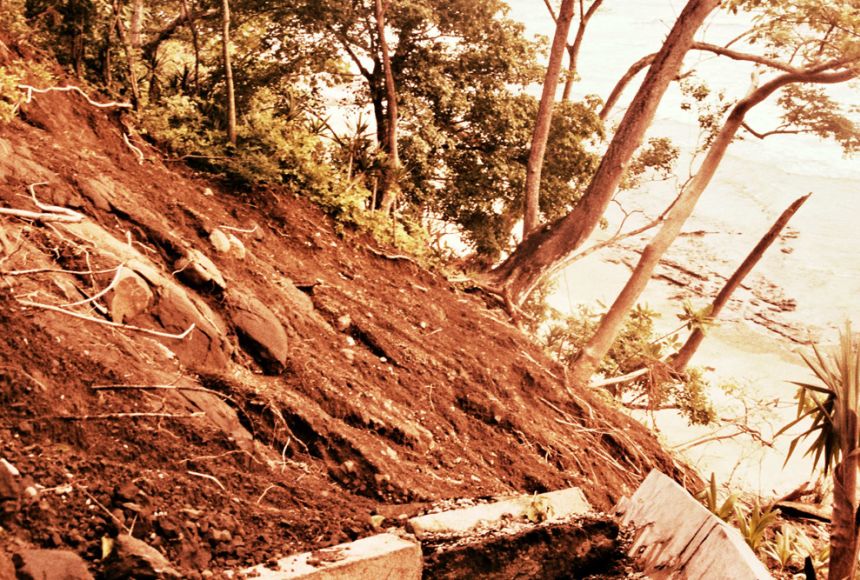newtownrrt.org – Landslides are one of the most dramatic and destructive geological events, capable of reshaping landscapes and impacting communities in the blink of an eye. Understanding the causes and consequences of landslides is essential for mitigating their effects and ensuring the safety of those living in vulnerable areas.
What is a Landslide?
A landslide is the movement of rock, soil, and debris down a slope. This natural disaster can occur suddenly, often with little warning, and can vary in scale from small rockfalls to massive earth movements that cover entire valleys. Landslides are driven by gravity and can be triggered by a variety of natural and human-induced factors.
Types of Landslides
Landslides can be classified into several types based on their movement patterns and materials involved:
- Rotational Slides: These occur when a section of land moves downward and outward along a curved surface, often leaving a characteristic scarp or indentation at the top.
- Translational Slides: In this type, material moves along a more or less planar surface. These slides often involve rock or soil layers sliding over a more stable, underlying layer.
- Rockfalls: These involve the free fall of rock from a steep slope or cliff. Rockfalls can be triggered by weathering, freeze-thaw cycles, or seismic activity.
- Debris Flows: Also known as mudslides, these are fast-moving flows of water-saturated debris. They occur in areas with loose, waterlogged soil and are often triggered by heavy rainfall or rapid snowmelt.
- Earthflows: These are slower-moving than debris flows and involve fine-grained materials, such as clay or silt.
Causes of Landslides
Several factors can contribute to the occurrence of landslides:
- Geological Conditions: Weak or fractured rock layers, steep slopes, and loose soil can create conditions conducive to landslides.
- Water Saturation: Heavy rainfall, rapid snowmelt, or the overflow of rivers can increase water content in the soil, reducing its stability and leading to landslides.
- Seismic Activity: Earthquakes can shake loose rocks and soil, triggering landslides in seismic-prone regions.
- Human Activities: Deforestation, mining, construction, and road building can destabilize slopes, increasing the likelihood of landslides.
Mitigating the Risk
Understanding and managing landslide risk is crucial for protecting lives and property. Here are some strategies to mitigate these risks:
- Hazard Mapping: Identifying areas at high risk for landslides through geological surveys and mapping can help in planning and zoning decisions.
- Engineering Solutions: Retaining walls, drainage systems, and slope reinforcement techniques can stabilize vulnerable slopes and prevent landslides.
- Vegetation Management: Planting vegetation can help stabilize soil and reduce erosion, decreasing the likelihood of landslides.
- Early Warning Systems: Monitoring rainfall, soil moisture, and seismic activity can provide early warnings and allow for timely evacuations.
Conclusion
Landslides are a powerful reminder of the dynamic nature of our planet. While they can pose significant risks, understanding their causes and implementing effective mitigation strategies can help minimize their impact. By combining scientific understanding with practical measures, we can better prepare for and respond to these natural events, ensuring safer and more resilient communities.
